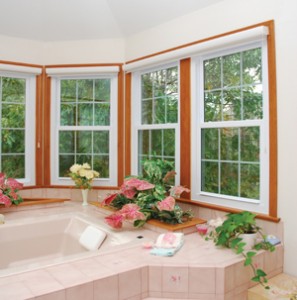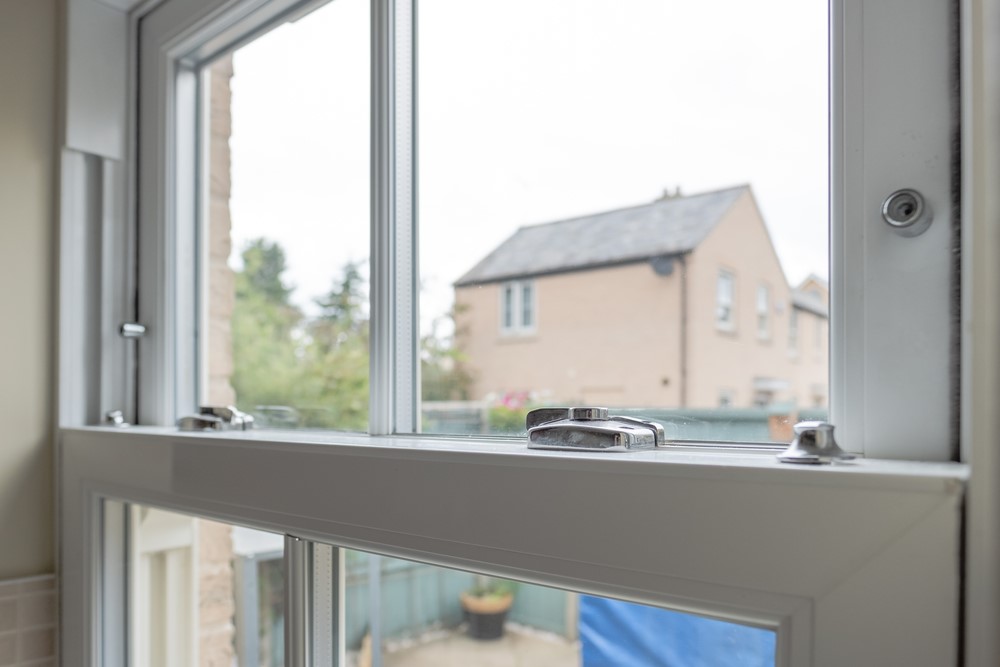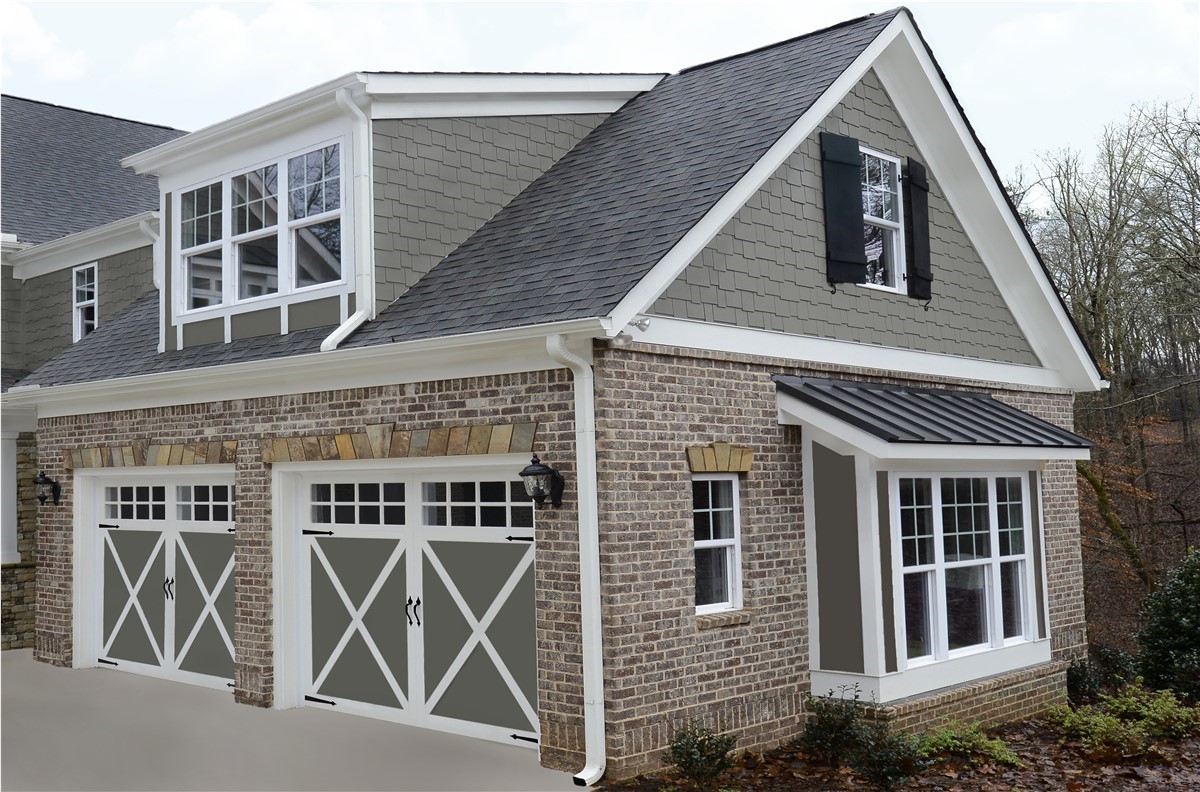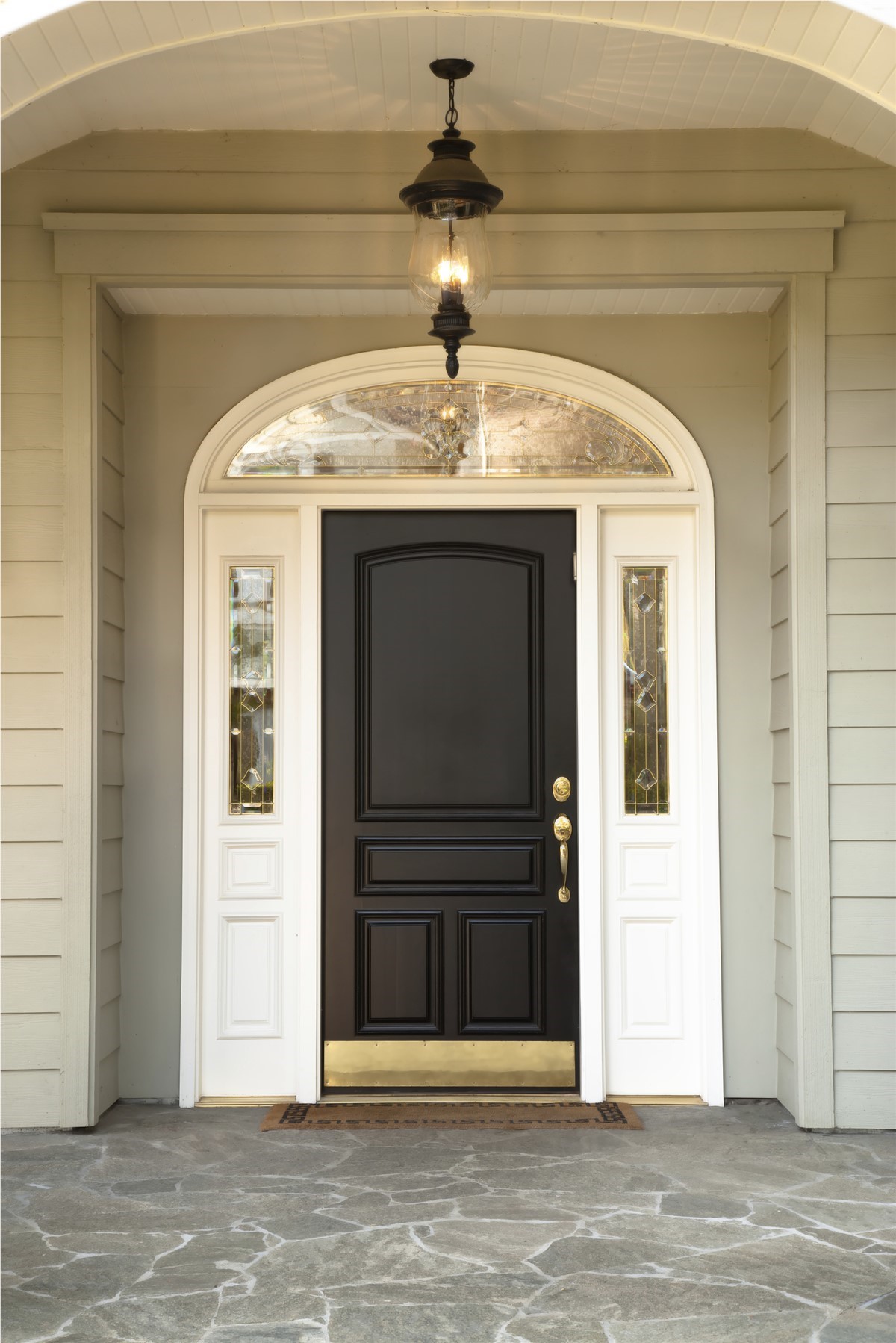 When your windows become outdated and you begin looking at replacement windows, there are a number of factors to consider. Unless you have done some research beforehand, it may be difficult to distinguish the differences between products from various companies and manufacturers. Fortunately, if you understand a few key features, you can confidently choose quality windows that will increase the energy efficiency of your home. Window Material
When your windows become outdated and you begin looking at replacement windows, there are a number of factors to consider. Unless you have done some research beforehand, it may be difficult to distinguish the differences between products from various companies and manufacturers. Fortunately, if you understand a few key features, you can confidently choose quality windows that will increase the energy efficiency of your home. Window Material The three main replacement window materials are wood, vinyl, and fiberglass. Generally, wood is the most expensive and can be very attractive when stained and paired with new wood trim. It is the natural beauty of wood which draws many people to using wood windows in their homes. However, wood windows typically require frequent maintenance to preserve their look and integrity and they typically offer the least in the way of product warranties.
Fiberglass windows are newer to the market and although they are a novel product, they do not seem to offer any advantages which cannot be had with other window materials which are available at a lower price point. Also, fiberglass windows may require maintenance depending upon the specifics of the exterior finish.
Finally, there are vinyl windows. While many people may think of vinyl as a cheap material, significant advancements have been made in the quality of these products. There are now a number of high quality vinyl options on the market, some of which include a lifetime warranty. Some of the advantages of vinyl windows are that vinyl requires the least maintenance and comes in many styles, including patterns that imitate wood for a classic look. Vinyl windows are also among the most energy efficient products that you can buy.
Energy EfficiencyMany factors affect the energy efficiency of windows. First is the type of glass. This includes the number of panes: single, double, or triple. The type of glass can also include low- e (low emissivity) coatings on the glass and gas between the panes of glass. In double and triple pane windows, an inert gas can be used as the filler between the panes to act as an insulator slowing the transfer of heat between the inner and outer surfaces. It is these coatings and fillings between the panes which make the greatest difference. A triple pane window with a poor quality low-e coating may be less efficient than a dual pane window which has a higher quality coating applied to the glass. Additionally, the energy loss through a window can be affected by the type of spacer used between the panes of glass.
All of these variables can become very confusing to the average consumer. For this reason, when shopping for new windows, it makes sense to look at each window’s NFRC (National Fenestration Rating Council) rating. The NFRC is an industry body that uses consistent standards in rating the efficiency of a window. This gives homeowners the ability to cut through the clutter and make an apples to apples comparison. The most important statistics to look at are:
- U-value, which is a measure of how much energy is able to pass through the glass
- Solar heat gain coefficient, which is a measure of how much solar energy a window blocks (you want that solar energy in cold climate areas and you want to keep it out in warmer climates)
- Air infiltration rating
Installation can make a significant difference in the function and energy efficiency of your windows. For example, when installing new windows, it is important to make sure that the installer properly insulates any gaps in the wall around the window to make sure the cold air doesn’t simply come around your new windows. Likewise, properly caulking and sealing new windows is critical to their proper performance.
Beyond making sure your new windows are installed properly, choosing the right company is key to ensuring the job goes smoothly and the products fit properly. In a worst case scenario, a bad contractor may just take your money and run. For this reason, it is important to look into a company prior to doing business with them. You should check with the Better Business Bureau to see if the company has a good track record with consumers. Additionally, it is important to make sure the company is insured and properly registered with the state.
If you need help choosing replacement windows in the Pittsburgh area, contact Legacy Remodeling for local expertise.
Subscribe to Legacy Remodeling's Blog











Comments